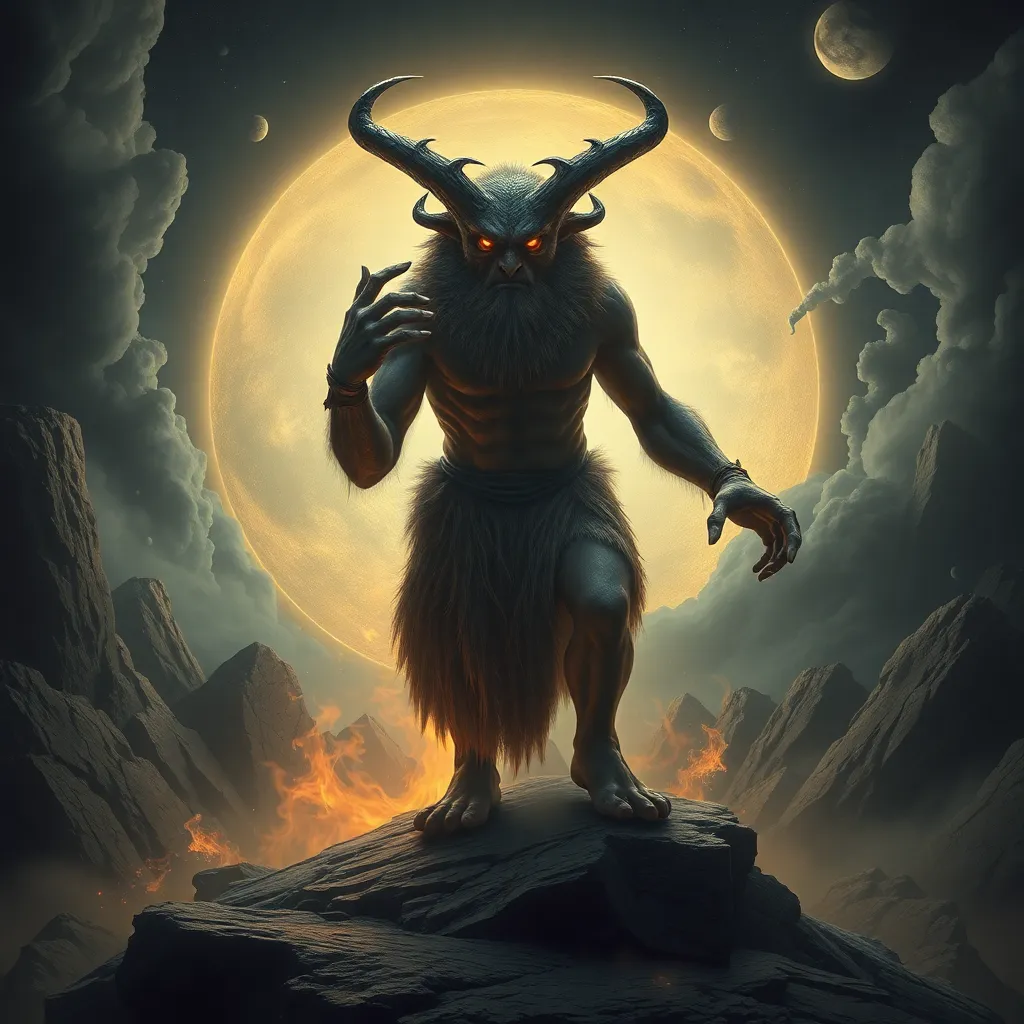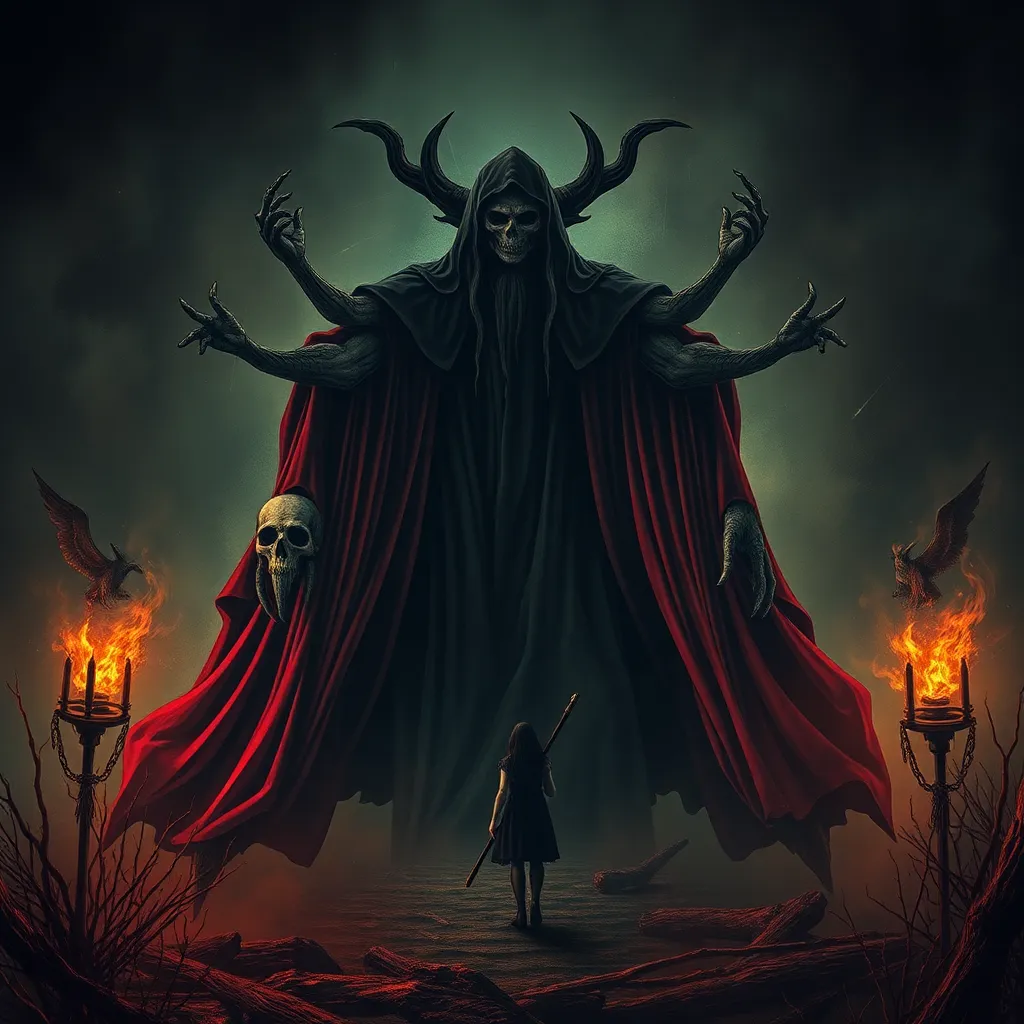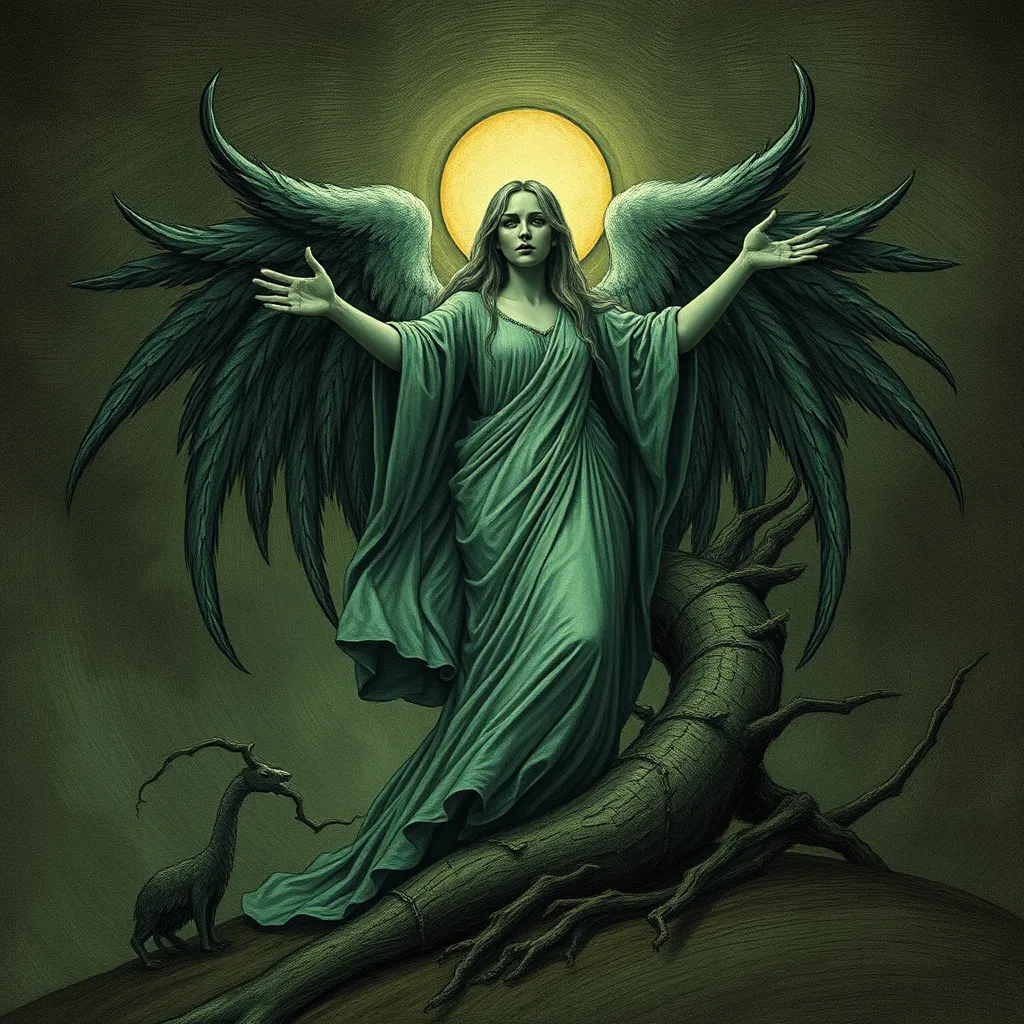From Monster to God: The Transformation of Polyphemus in Greek Mythology
I. Introduction
Polyphemus, the legendary Cyclops of Greek mythology, is a figure that embodies both the monstrous and the divine. Known for his brute strength and fearsome appearance, his story is one of transformation that reveals deeper themes about humanity, love, and the nature of the divine. This article will explore the narrative of Polyphemus, examining how he transitions from a feared monster to a figure of reverence and complexity in Greek culture.
The transformation of Polyphemus is significant not just for its narrative arc but also for what it reveals about the human experience and the spectrum of emotions that define both monsters and gods. Through this exploration, we aim to understand the broader cultural and mythological implications of his character.
II. The Origins of Polyphemus
Polyphemus is one of the Cyclopes, a race of one-eyed giants in Greek mythology, born from the primordial sea deities Uranus and Gaia. The Cyclopes were known for their strength and craftsmanship, having forged Zeus’s thunderbolts and Poseidon’s trident.
Polyphemus, specifically, is characterized as a brutish creature, living in isolation on the island of Sicily. His monstrous traits include:
- A single eye in the center of his forehead.
- A massive, hulking physique that instills fear in any who encounter him.
- Rugged, uncivilized behavior, living as a shepherd and relying on brute force.
His lifestyle is marked by solitude and a lack of human interaction, further emphasizing his monstrous nature and the isolation that comes with it.
III. Polyphemus in Homer’s “Odyssey”
Polyphemus’s most famous appearance is in Homer’s “Odyssey,” where he encounters the hero Odysseus. After Odysseus and his men become trapped in Polyphemus’s cave, they devise a cunning plan to escape. Odysseus introduces himself as “Nobody,” then blinds the Cyclops while he sleeps, enabling their flight.
This episode highlights several of Polyphemus’s monstrous traits:
- Brutality: He consumes Odysseus’s men, showcasing his violent nature.
- Isolation: His cave represents a physical and emotional barrier between him and the world.
- Pride: He boasts about his strength, which ultimately leads to his downfall.
The themes of violence, isolation, and pride are central in this encounter, painting Polyphemus not only as a monster but also as a tragic figure bound by his nature.
IV. The Evolution of Polyphemus’ Character
Beyond his role as a monster, Polyphemus embodies complex human emotions. His character evolves significantly when love and desire enter the narrative. In later myths, particularly in the story involving Acis and Galatea, Polyphemus is depicted as a figure capable of deep feelings.
In this tale, Polyphemus falls in love with the beautiful sea nymph Galatea, but his love is unrequited. His jealousy and rage lead him to kill Acis, Galatea’s lover, transforming him from a mere brute into a tragic character overwhelmed by emotion. This evolution showcases:
- The duality of his nature: both monster and victim of his own passions.
- The capacity for love and longing that transcends his initial portrayal.
V. From Monster to Divine Figure
Polyphemus’s transformation deepens as he transitions from a feared creature to a figure of worship. In later literary and artistic representations, he is often depicted not just as a monster but as a symbol of fertility and the natural world. This shift reflects a broader cultural appreciation for the complexities of nature and the divine.
Polyphemus is sometimes celebrated in poetry and art as a god of shepherds and the sea, embodying themes of nature and fertility. His symbolism includes:
- The embodiment of the wild and untamed aspects of nature.
- A representation of the duality of creation and destruction.
VI. Cultural Impact and Legacy
The influence of Polyphemus extends beyond ancient texts to modern literature and art. His character has inspired numerous works across different mediums, including:
- Literary adaptations in novels, poems, and plays that explore his duality.
- Artistic representations in paintings and sculptures that depict his encounters and emotional complexity.
- Contemporary reinterpretations in film and media, often focusing on themes of isolation and the search for connection.
Polyphemus’s legacy highlights the enduring fascination with transformation in mythology, serving as a lens through which we explore our own humanity.
VII. Thematic Analysis of Transformation
The significance of transformation in mythology is profound, as it reflects essential truths about the human condition. Polyphemus’s journey from monster to god illustrates several themes:
- The exploration of duality: the coexistence of monstrous and divine qualities within individuals.
- The moral and ethical implications of his actions, particularly in love and jealousy.
- The broader narrative of redemption and the possibility of change, even for those deemed monstrous.
VIII. Conclusion
Polyphemus’s transformation from a feared monster to a complex divine figure encapsulates the rich tapestry of Greek mythology. His character serves as a reminder of the multifaceted nature of existence, where brutality can coexist with beauty, and isolation can give rise to profound longing.
Reflecting on the broader themes of mythology, Polyphemus embodies the struggles of the human experience, including the quest for love, acceptance, and understanding. His legacy continues to resonate, inspiring new interpretations and reflections on the nature of monsters and gods in our culture.



